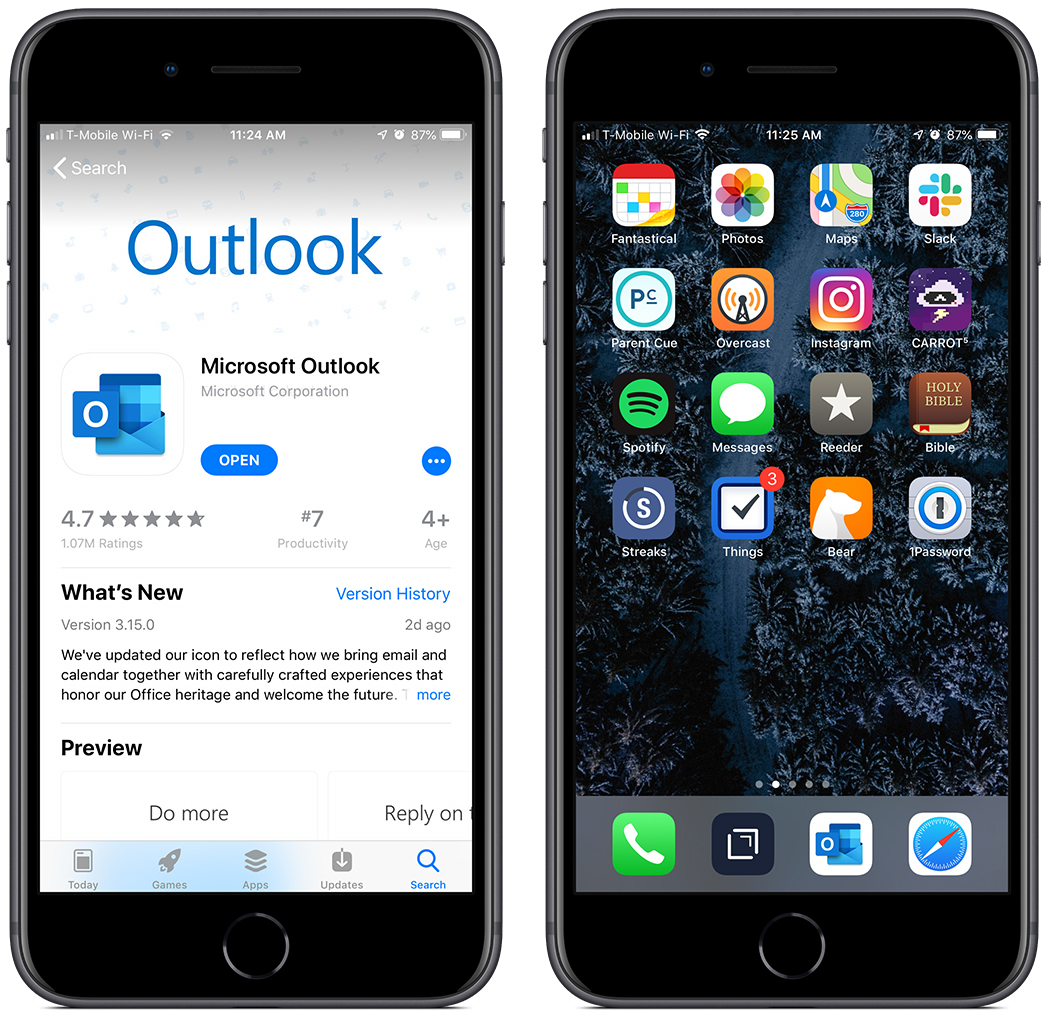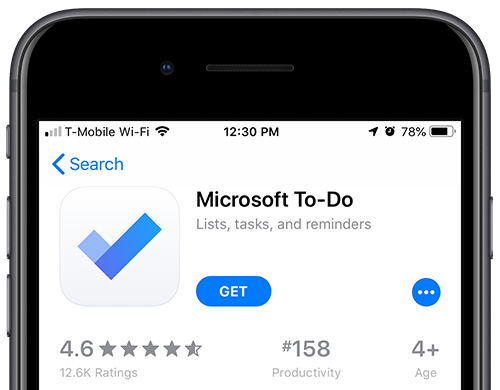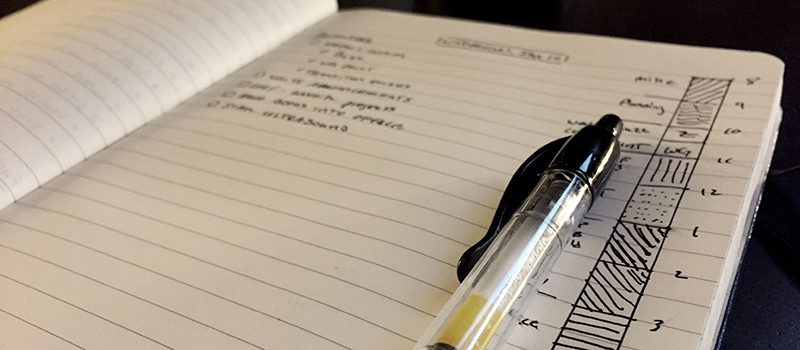Writing
-
Credit Where Credit Is Due
Having been born in 1982, I’ve always felt like an in-betweener —generationally speaking. I’ve never been as disaffected as most Gen Xers1 I’ve known but I’ve never truly been able to identify as a Millennial. 2 I was always trying to come up with a true term to describe my generational identity and read several good ideas like “Oregon Trail Generation”. But when I read Sarah Stankorb and Jed Oelbaum’s piece describing our “Xennial” generation, it just made sense. I read this piece in 2014 when it first came out.
Reasonable People Disagree about the Post-Gen X, Pre-Millennial Generation
I was born in 1980. According to some sources, this makes me a Gen Xer. According to others, I’m a Millennial. That makes me what then, a Xennial? I take online quizzes, like Pew Research Center’s “How Millennial Are You?”, and land dead between Gen X and Millennial due to my personal habits, body piercings, and so many more reasons.
I guess this term has been spreading a lot lately though and there’s been some misapplication of credit to who exactly coined the term. For my part and from my experience, credit should go where it’s due, Sarah Stankorb and Jed Oelbaum. Particularly Stankorb. She recently posted a piece in Vogue Magazine to correct the misapplication of credit and I applaud her for this.
I Made Up Xennial 3 Years Ago, So Why Is a Professor in Australia Getting All the Credit?
To his credit, Professor Woodman keeps insisting that he didn’t come up with Xennial, and graciously references the article Oelbaum and I wrote as the first instance he can find of the word—which Oelbaum also attributes to me—though no one seems to care. The news continues to spin on without me, or attribution, or fact-checking. (Woodman wrote me to say that he has experienced a “mortifying new media week.”) And admittedly, I am torn even bringing it up today. The Xennial thing has gone so rapidly viral that in just one week, it’s already deeply annoying. The energy it would take to reclaim it at this point hardly seems worth it. It was one story I wrote years ago, a notion that struck me as interesting at the time.
Too often people popularize an idea and then credit is given to that person, rather than where it is due. Some may see this as a petty correction, but I think it’s important we recognize when there is an error and then correct it. It’s not our place to question whether it’s appropriate to correct.
-
The Pick is No Pick
If you aren’t already going to The Wirecutter for your first stop when researching new things you need to buy, then you need to start. It houses the most exhaustive and thorough reviews 1 of consumer products this side (the web side) of Consumer Reports. One of my favorite things about them is their willingness to call it like it is AND very often do so with a level of humor you don’t usually find in consumer product reviews.
This review of the best Keurig brewer is probably the best example of this sense of humor and penchant for candor that I’ve read to date. 2
And other methods of brewing coffee, such as a pour-over, French press, or regular old coffee maker, cost less and taste much better than either Keurig or Nespresso, for just a bit more effort. With so many options available, we recommend you buy literally any other setup before you buy a Keurig. 3
My own experiences with Keurig brewing were always a crap shoot. Either it worked and I was pleased with the somewhat good cup of coffee4, or it didn’t work and I had to brew the same cup three times. After going through 2 different machines, one a wedding present, and the other a hand-me-over from my parents, we finally called it quits on K-Cups over 2 years ago. We have never been happier with our coffee.
We switched to a regular Mr. Coffee brewer and from time to time5 I enjoy a good cup of French Press coffee.
Setting aside the environmental concerns with k-cups (as mentioned in the review), I’m on board with the notion that it’s just not a good cup of coffee.
 Photo by Ryan Riggins on Unsplash
Photo by Ryan Riggins on Unsplash -
Outlook for iOS Icon Update
Microsoft’s Outlook for iOS released a major update to the user interface back in January when they slowly rolled out the blue header and streamlined interface. Two days ago, they followed that up with a redesigned app icon.

Microsoft’s Outlook app on iOS is the first Office app on the platform to get the redesigned icons that Microsoft unveiled a couple of weeks ago. The new Outlook icon is actually superposed on a white background, and the result is something that looks quite similar to other iOS apps like Gmail (most icons for Google’s iOS apps also use a white background), or Microsoft’s own To-Do app.
Let me start by saying that I love the new app interface. It’s much cleaner, feels more in-line with where iOS overall is heading, and it’s just well designed. However, I really don’t think this new icon is a good option. In their release post, they highlight that other apps have a white background, but they ignore the fact that those are paired with a simple icon on that white field.1
By itself, the new Outlook icon is a decent looking logo, BUT it fits primarily within the context of Windows. The multi-layer styling doesn’t mesh with any other iOS logo. They would have been much better off using the blue envelope icon without the small “O” logo off to the side. The current result feels crowded and nothing is distinctive.
Simplicity in iOS icons is essential because you get a relatively small window to identify your app in a screen crowded with apps.2 It’s easy to confuse apps with each other if their icons are too similar or aren’t clear enough at a glance. Especially when viewing the icon in a notification.
And what’s more, they appear to understand this given the simplicity of the icon for the Microsoft To-Do app they highlight as an example. Just simplifying the icon to one “iconic” (pun intended) graphic would do wonders for Outlook.

Just today I confused the new icon with the icon for Facebook Messenger when a new email came in. It was a little off-putting.
All in all, the overall update to Outlook for iOS is a good one, but they just missed the mark on what makes an iOS app icon distinctive and effective.
-
Libraries are Essential
Libraries have reinvented themselves, and one of the things that is so striking about them is that the local staff has the capacity and agency to develop programming that works for the community that they’re in. The library can lend tools, it can lend seeds, it can lend clothes to people who you know need better clothes for a job interview. It can do programming and all kinds of languages.
99% Invisible - Episode 346 - Palaces for the People
As the son of a public librarian, I’ve often been left with the task of justifying their existence to people who feel that they are not necessary. Their reasons are myriad, but almost always include:
- No one reads paper books anymore
- They are a waste of tax dollars
- No one goes there anyway
While these reasons might be legitimate reasons for those individuals, that does not apply across the board. I’ve witnessed people getting help finding jobs, learning new skills, kids discovering reading and technology, and people bettering themselves through the help of a community space.
As the author of the book featured in the podcast, Palaces for the People, points out, social infrastructure like libraries and parks are essential to the development of a community identity and helping to combat inequality.
-
Super Blood Wolf Moon

Tonight, I enjoyed some quality family time with our neighbors standing outside in the cold staring at the sky…this was awesome! I am fully in awe of God the Creator and how I am constantly surprised by the beauty around us. Remember to take time to just look around each day an appreciate.
-
Atomic Habits | Notes from Chapter 1
I recently got a copy of Atomic Habits by James Clear. I haven’t gotten very far in the book1, but I’m already blown away by the simplicity of the idea and the immediately actionable steps he lays out.
If the number of notes, highlights, underlines, and take-aways from chapter 1 alone is any indication, this will be an incredibly impactful read.
Below are just a few of the snippets I took down from chapter 1.2
“The aggregation of marginal gains…” - Dave Brailsford
Habits are the compound interest of self-improvement.
A very small shift in direction can lead to a very meaningful change in destination.
You should be far more concerned with your current trajectory than with your current results.
The compounding nature of a 1% change occurs in both positive and negative changes.
You have to get through the Plateau of Latent Potential to see the true results of your habits.
Goals are good for setting a direction, but systems are best for making progress.
Progress is not linear, results take time.
If successful people and unsuccessful people share the same goals, then the goal cannot be what differentiates the winners from the losers.
Achieving a goal only changes your life for the moment.
Bad habits repeat themselves again and again not because you don’t want to change, but because you have the wrong system for change.
-
iOS 11.3 Preview→
UPDATE
In the full release notes document, Apple indicates the addition of Messages in iCloud to the 11.3 Beta. (Thanks to Federico Viticci) However, these notes were only available to registered Developers and not in the Public release notes.
Saw this today via a tweet from Dan Frakes of The Wirecutter1. As someone still using my trusty iPhone 6, there hasn’t been much to get excited about in iOS 11 so far.2 I like several of the features that have been introduced, namely the ability to drill down in the Storage pane in Settings and fine tune what’s being stored on device.
The one feature I was excited about after WWDC 2017 was iCloud Messages. This would finally free up multiple gigabytes of space off my device because I’m someone that does NOT delete messages. And with thousands of messages from iPhones going back to the iPhone 3G, message attachments take up a lot of room. So the idea that our messages could be stored and synced via iCloud was very attractive to me.3 But during the Beta period, that feature was removed and I have been eagerly anticipating it being put back into place. So when Apple defied it’s own convention and posted this preview of what’s to come in 11.3, I read with hope that iCloud Messages would make it’s return.
I’m all for Apple continuing to make improvements and I definitely want them to take the time to get it right and not release a feature that is buggy and untrustworthy; but iCloud Messages was a major feature announced at WWDC 2017 and I’m sad that it has not yet made it’s way to my iPhone.
-
One of my favorite sites and one that would not be unfamiliar to anyone reading this post. ↩
-
In fact, most of the features are focused on the iPhone X, which is understandable. ↩
-
Also that it might fix the annoying issue where Messages on my Mac tend to come in random order after starting up for the first time in a while. ↩
-
-
Daily Plan Bar

The beauty of the system is that it’s simple, and I like the morning ritual of laying my day out. I appreciate how this analog approach frees me from constantly looking at my calendar on my Mac, or on my phone.
Today I’m trying out the Daily Plan Bar idea of planning your day. I might make this an end of day task for the next day, but right now it’s nice to start the morning by thinking through my day.
What might be helpful would be to identify at the end of each day what my “Priorities” are for the following day 1 and then use the first few minutes of the morning setting up the day itself utilizing those priorities.
No matter when I end up choosing to do, I’m realizing that having structure is important because it frees you up to be able to handle the unstructured stuff that invariably comes up each day.
-
Hat Tip to Shawn Blanc and Ross Kimes for the reminder of lowering activation energy on the planning end by doing it the night before. ↩
-
-
Be Your Own Curator
As we are inundated with content from every direction, it’s so important to be thinking about the source of that content. Last year, in the lead up to election day, my wife and I had several discussions about being critical consumers of news. Not just reading and regurgitating, but thinking critically about what we’ve read, where it comes from, what else they publish and most of all the veracity of what they say.
This is still true. More so now than ever. And part of that solution is to stop only getting our news from walled gardens and algorithm controlled news feeds. Relying on Facebook’s judgement of what you should see, who you happen to see in a promoted post on Twitter, or what the trending topics/accounts are on Instagram is a recipe for being mislead and getting a silo’d view of the world.1
So in addition to reading content with a critical eye, it’s time for us to be our own content curator.
2 From Mashable: Stop reading what Facebook tells you to read 3
“As for why you should do it: It’s definitely not simple, nor insignificant. By choosing to be a reader of websites whose voices and ideas you’re fundamentally interested in and care about, you’re taking control. And by doing that, you’ll chip away at the incentive publishers have to create headlines and stories weaponized for the purpose of sharing on social media. You’ll be stripping away at the motivation for websites everywhere (including this one) to make dumb hollow mindgarbage. At the same time, you’ll increase the incentive for these websites to be (if nothing else) more consistent and less desperate for your attention.”
Rather than reading just what’s been put in front of you by Facebook, Instagram and those you follow on Twitter, be your own content curator. Find people you trust, news outlets who have proven themselves to be dedicated to truth, and organizations that inspire discussion and collaboration rather than vilification and isolationism.
Hat tip and further reading:
CJ Chilvers & Josh Ginter at TheNewsprint.co-
This is one of the many reasons I still use a third-party twitter client (Tweetbot) to read so that I still get a chronological feed rather than Twitter determining what content I see and in what order. ↩
-
Forewarning, there is some NSFW language in the article. ↩
-
I do have to acknowledge the irony of Mashable publishing an article encouraging everyone to skip out on getting your content from Facebook. I remember a time when 3 out of 5 items in my news feed were from Mashable. ↩
-
-
Chris Bowler’s Favourite Reads →
From Chris Bowler’s Weekly Review
As we got closer to the end of the year, I wanted to take a moment to share the articles that inspired me the most. They cover a few of my favorite topics, ones that are discussed here regularly but are worth revisiting often.
I’ve become really grateful for guys like Chris that have done great work pulling in good content.1 I love the current set of “year in review” posts many writers are posting. It’s not only an opportunity to be exposed to more quality content, but it’s also an interesting window into the kind of things that inspire the writers I love to read. I’m only a few articles into this list, but my Instapaper queue is getting full fast.
-
Chris is from British Columbia, hence the superfluous “u” in favorite! Interesting that it doesn’t appear in the quoted text :-) ↩
-
-
Just to say Hello!
It’s a brand new year, well almost. Inspired by the likes of Ross Kimes, Chris Bowler and others, I’m going to make an effort to write more. And one major incentive was that I could put it up here rather than it just staying in Bear and never being seen again. I’d like to write about faith, what I’m learning about life and productivity and about technology, but we’ll see where this goes. Many writers and podcasters that I admire have repeatedly said that the only way to become a better writer is to write often. So that’s my goal.